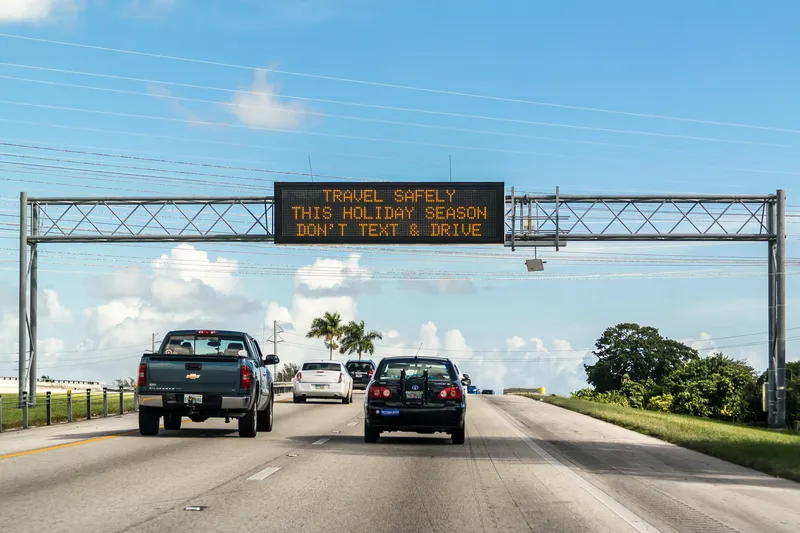Dynamic LED signs supplier SES America (SESA) has successfully upgraded dynamic message signs (DMS) along Franklin D. Roosevelt Drive in Central New York City, utilising an upgrade process where the housing of the DMS is left intact on its support structure. There is no requirement to remove the sign for the upgrade installation, enabling the upgrade to be installed, tested and commissioned in less than one day.
According to SESA, the FDR new high intensity LED signs and energy efficient power controls
July 29, 2015
Read time: 2 mins
Dynamic LED signs supplier 7846 SES America (SESA) has successfully upgraded dynamic message signs (DMS) along Franklin D. Roosevelt Drive in Central New York City, utilising an upgrade process where the housing of the DMS is left intact on its support structure. There is no requirement to remove the sign for the upgrade installation, enabling the upgrade to be installed, tested and commissioned in less than one day.
According to SESA, the FDR new high intensity LED signs and energy efficient power controls eliminate the need for expensive cooling systems, dramatically reduces maintenance costs, while providing 30-80% greater energy efficiency.
Brandon Tessier, SESA manager, says, “These latest upgrade installations continue to reinforce the idea that with the fiscal challenges many departments face, upgrading existing signs versus new installations is a much more responsible approach.
"These signs will now provide messaging to commuters along the FDR for many years to come, at a fraction of the cost of installing new equipment.”
According to SESA, the FDR new high intensity LED signs and energy efficient power controls eliminate the need for expensive cooling systems, dramatically reduces maintenance costs, while providing 30-80% greater energy efficiency.
Brandon Tessier, SESA manager, says, “These latest upgrade installations continue to reinforce the idea that with the fiscal challenges many departments face, upgrading existing signs versus new installations is a much more responsible approach.
"These signs will now provide messaging to commuters along the FDR for many years to come, at a fraction of the cost of installing new equipment.”









